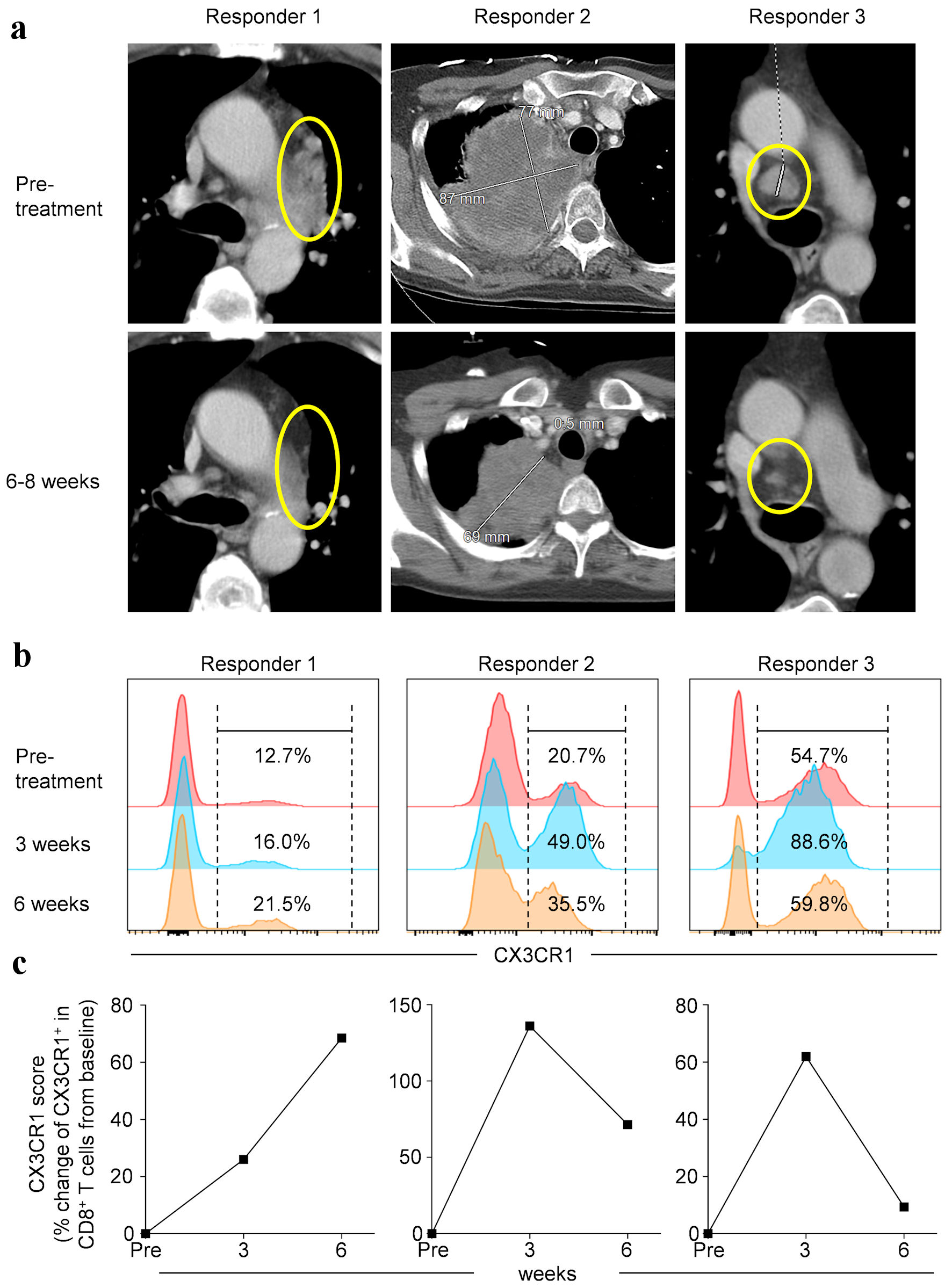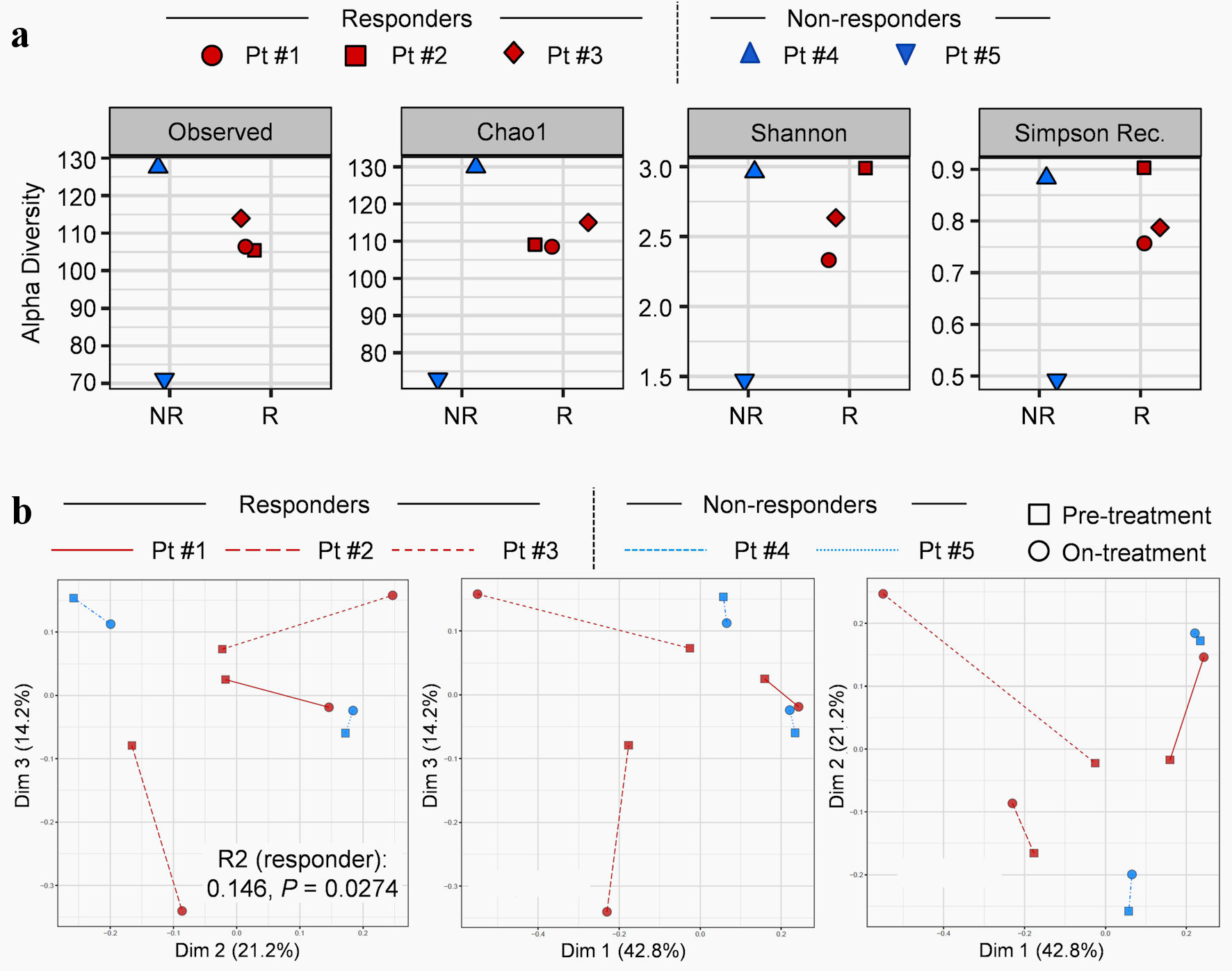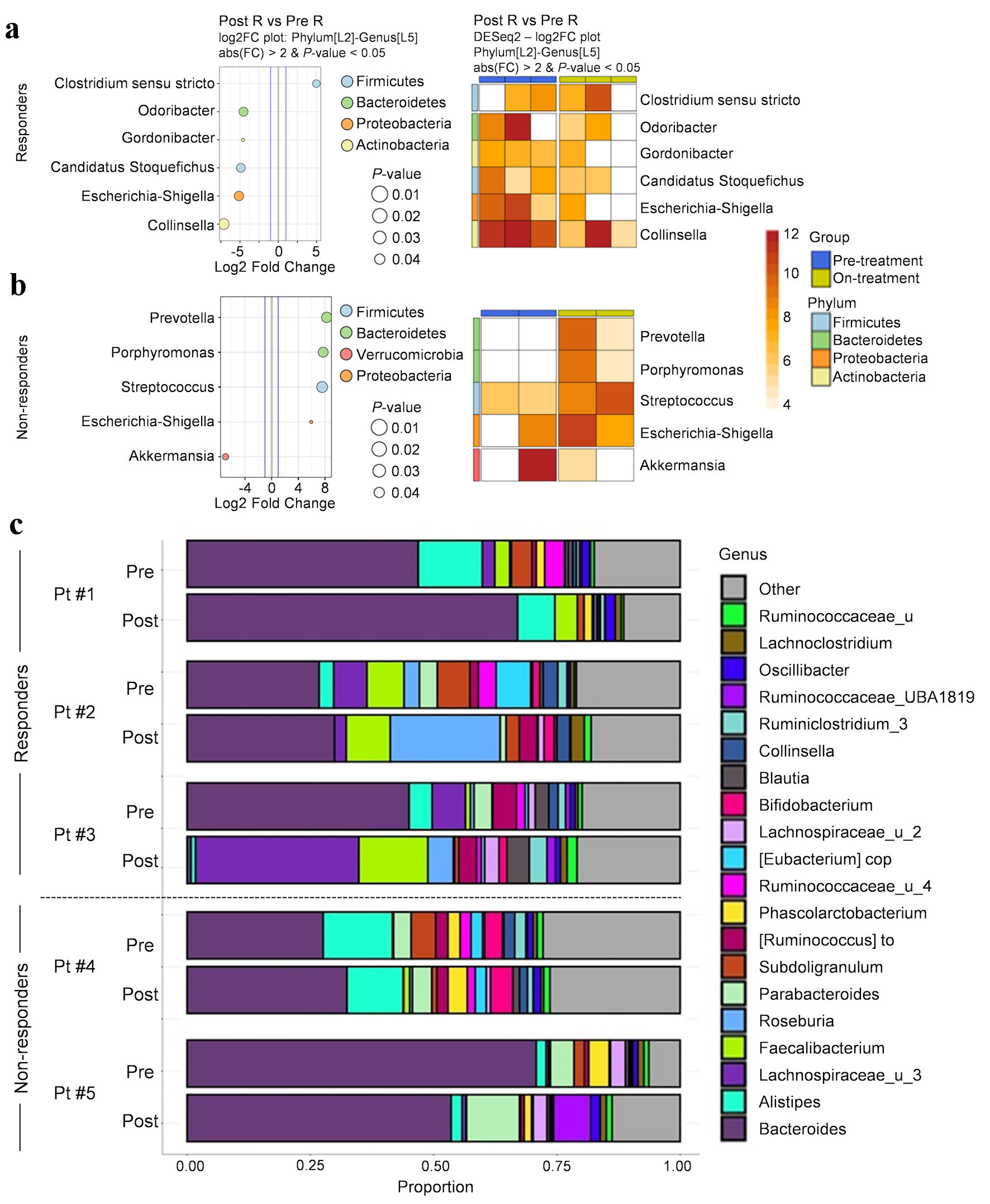
Figure 1. Pre- and on-treatment imaging study and circulating biomarker performance in non-small cell lung cancer (NSCLC) patients treated with anti-PD-1 therapy. (a) Contrast-enhanced cross sectional imaging obtained prior to and during treatment in three patients. Expression of CX3CR1 in peripheral blood CD8+ T cells (b) and % change of CX3CR1+ in CD8+ T cells from baseline (CX3CR1 score) (c) at different time points as indicated. PD-1: programmed cell death protein-1; CX3CR1: CX3C chemokine receptor 1.

